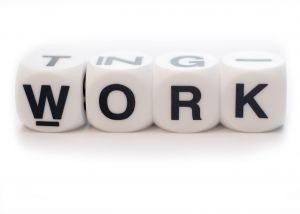Smith v. Colvin is a case from the United States Court of Appeals for Tenth Circuit. In Smith, claimant applied for Social Security Disability Insurance (SSDI) benefits, and the Social Security Administration (SSA) denied her application. Specifically, as part of her application, she claimed a disability based on a problem with her left shoulder, an inability to reach, handle, or manipulate objects with her fingers, and that she could only do a moderate amount of work without resting.
 After her application was denied, she applied for an appeal and was eventually granted a hearing before an administrative law judge (ALJ). At her evidentiary hearing, ALJ determined she had a residual functioning capacity (RFC) that allowed her to work and found that she was not disabled. Continue reading
After her application was denied, she applied for an appeal and was eventually granted a hearing before an administrative law judge (ALJ). At her evidentiary hearing, ALJ determined she had a residual functioning capacity (RFC) that allowed her to work and found that she was not disabled. Continue reading
 Massachusetts Social Security Disability Lawyers Blog
Massachusetts Social Security Disability Lawyers Blog










